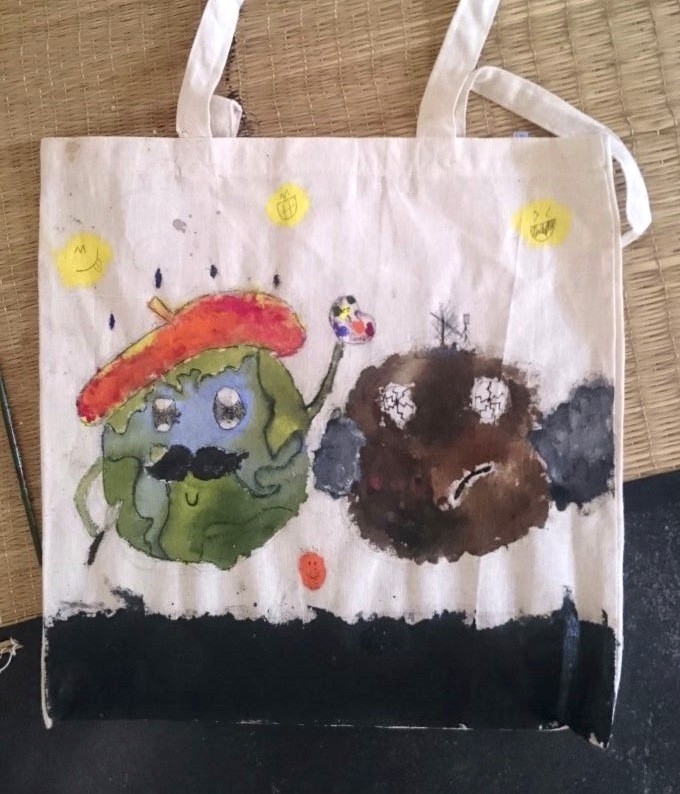
Recently the Australian government commissioned a team to research into the worlds ugliest colour. Having found it, they intend to demand that all cigarettes be packed in this colour to deter people from smoking! Apparently, the large size text on the cigarette packets that issues warning to smokers don’t seem to have enough of an effect to change their minds. So now maybe a change of colour will?
Should campaigns for social and environmental change be appealing to the right brain rather than the left? This is the side that does not follow a rational logic, that seems to make decisions intuitively and impulsively. It cannot be argued with and is maybe more connected to the heart. It perceives things in their entirety and does not attempt to break them down into parts in analysis.
Torreros that have been bull fighting for decades suddenly have a change of heart when they look into the eyes of the bull. Hunters similarly converted have become the greatest advocates for wildlife conservation. So what happened in that moment of shift?
Our environment is crumbling around us and this is creating pain. Internally and externally. Children feel this pain intensely and as they grow into adults they learn to numb themselves to it – simply to be able to function in the world.
Art allows people to open their hearts to pain again. To confront it and accept it and this is the first step to asking for change. However art also brings people in touch with their own creativity and therefore empowers them. Even through small steps of self expression, art allows children and adults to believe in another future that they can help create.
Using art in campaigns for social and environmental change, may work better than tomes on why something is the ‘right’ thing to do. This is because humans are creative beings and creativity empowers.

